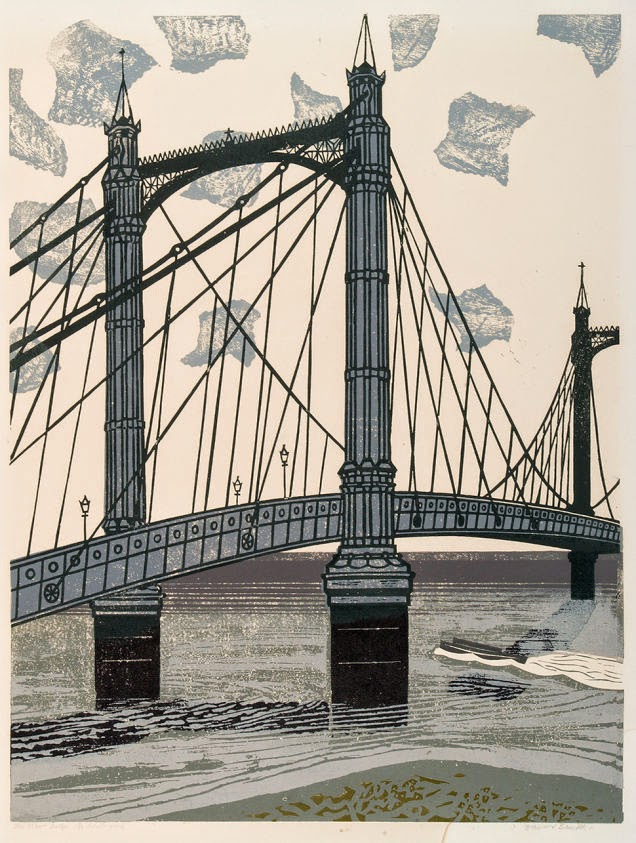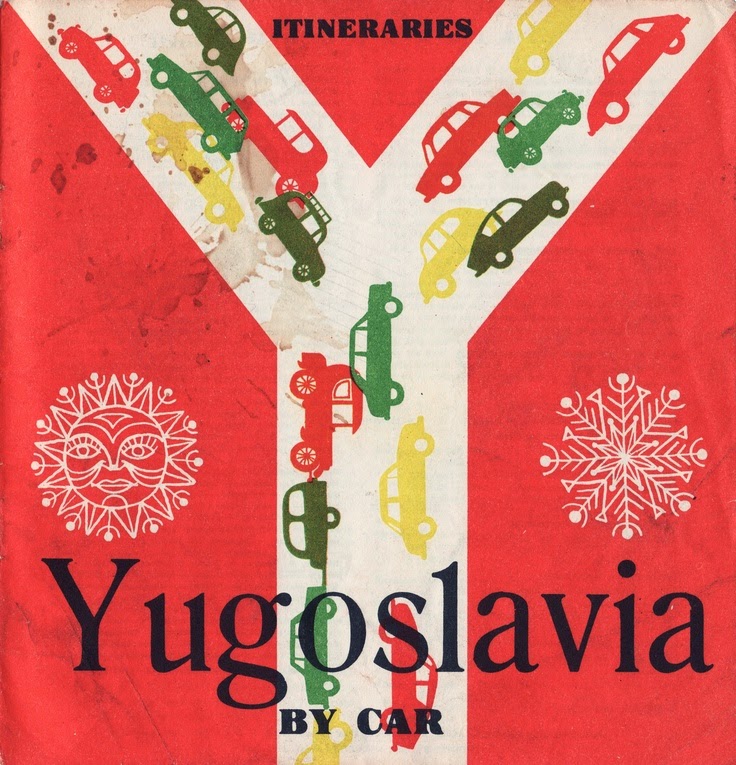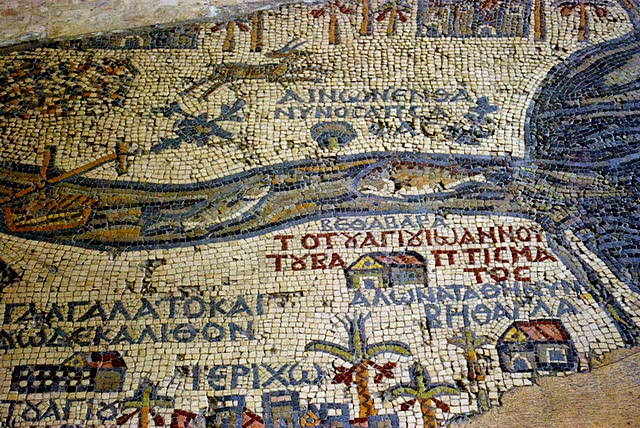Saturday 26 July 2014
croatia week
More on what we did for our summer vacation is coming with reflections on travels in Istria and along the Dalmatian coast. Više doći.
tiger beat or the sands of time
A new social networking service hopes to encourage participants to live more in the moment—whatever that means—by pledging to rake over the coals of any status updates, posing, shouts, blurbs and friendships fostered and erase them after twenty-four hours have passed. Users, without the nagging realisation that everything one thinks, does and says was in that pill that one took yesterday and will become an indelible part of one's permanent record—whatever that means—the start-up hopes, can be engineered to interact more spontaneously in this sandbox, this hour-glass and behave more like people do in real life.
catagories: 🧠, networking and blogging, philosophy
Friday 11 July 2014
sretan put!
Thursday 10 July 2014
aquatint, mezzotint
 Bawden certainly was not alone in experimenting with this material—the technique having been first employed by the Dresdener avant-garde collective Die Brücke and then tried by others, including Picasso and Matisse. Linotype, as a process, on the other hand, means “line of type” as a single slug of text that spanned the whole page could be composed at once and then assembled, line by line. The invention of the linotype machine in 1884 revolutionized the newspaper business with quicker type-setting; before its introduction, no daily edition in the world offered readers more than eight pages.
Bawden certainly was not alone in experimenting with this material—the technique having been first employed by the Dresdener avant-garde collective Die Brücke and then tried by others, including Picasso and Matisse. Linotype, as a process, on the other hand, means “line of type” as a single slug of text that spanned the whole page could be composed at once and then assembled, line by line. The invention of the linotype machine in 1884 revolutionized the newspaper business with quicker type-setting; before its introduction, no daily edition in the world offered readers more than eight pages.
catagories: 🇬🇧, 🎨, 📐, antiques, networking and blogging
Wednesday 9 July 2014
montagsdemo oder wir sind das volk
Though never claiming to be the moral successor to the Montagsdemonstrationen, those peaceful rallies that took place in the late eighties in the public square of the Nikolaikirche in Leipzig, spreading to other cities, protesting the ruling party in East Germany and instrumental in making imminent the reunification, the German press is drawing parallels to a movement began this Spring in Hamburg called Vigils for Peace (Mahnwachen für den Frieden).
catagories: 🇩🇪, 💱, 🥸, foreign policy, revolution, Saxony, Wikipedia
Tuesday 8 July 2014
zeugma or void-fraction
Stars and Stripes’ article reporting on the border that Turkey shares with the Levant is described with the same characteristic fright as many outlets are reserving for the situation at the US border with Mexico. Western officials are very concerned about this NATO march’s ability to secure a border designated as porous, as it has been used as a point of entry (and egress) for militants to join in arms the insurrection against the governments of Syria and Iraq. The border itself is described as a thousand kilometer expanse of rugged wilderness—with a few population centres straddling the shallow basin of the River Euphrates that marks the boundary. This area at the crossroads of several trade routes has held a pivotal position and hosted a variety of people throughout history, and one of those population centres is the ancient city of Gaziantep, which has over a million residents from all sorts of backgrounds and confessions and also hosts an outpost of the US military and a missile battery.
Monday 7 July 2014
culture vulture
Although the destruction of the cultural hertitage of Afghanistan, like the unique Greco-Buddhist statues at Bamiyan was commissioned because they were deemed idolatrous, rather than being spared due to liquidity like museum treasures that can be pawned off to a string of private collectors, the West at that time failed to heed an important warning and bought wholesale into a contrived fable.
 Such a revisionist history is taking place for a second time in just the span of a few years in Iraq, as ISIS is storming through the land. Already many places holy to the Shi'ites have been obliterated and again Iraq's curators are seeing their galleries occupied by minions awaiting orders whether the graven images ought to be smashed or offered to the highest-bidder. Either way, the loss is terrible to contemplate, but the greater objective, which was already achieved in making the West believe that Afghanistan or any selected population is monolithic and was always so, is to rewrite history and to eliminate any stray fact that does not fulfill this prophesy. No nation is completely frank about its past and history never goes without bias, but to become completely intolerant of the formative and ancient past is an open invitation for repetition.
Such a revisionist history is taking place for a second time in just the span of a few years in Iraq, as ISIS is storming through the land. Already many places holy to the Shi'ites have been obliterated and again Iraq's curators are seeing their galleries occupied by minions awaiting orders whether the graven images ought to be smashed or offered to the highest-bidder. Either way, the loss is terrible to contemplate, but the greater objective, which was already achieved in making the West believe that Afghanistan or any selected population is monolithic and was always so, is to rewrite history and to eliminate any stray fact that does not fulfill this prophesy. No nation is completely frank about its past and history never goes without bias, but to become completely intolerant of the formative and ancient past is an open invitation for repetition.
catagories: 🌍, 🌐, 🎓, 🏺, libraries and museums, Middle East, religion
advertising space
Via Fast Company, Take Part features the innovative work of a design firm in Slovakia that hopes of inspiring others to come up with creative ways of addressing homelessness. The architects have taken advantage of the typical East European electrified two-sided billboard—known as a hoarding to much of the rest of the world, to create a nook, a shelter for the country's vagrant population with amenities.
 The design firm has gifted its basic plan to the world, certain that others could improve upon these ideas for dignified quarters and adapt them to local conditions. Urban-centres in Germany as have these suspended boxes but also on ground level, squat columns for posting bills, and it always occurred to me that such opportunities abound. Elsewhere, spikes like those designed to keep pigeons from perching have been installed in entryways to prevent people from taking up temporary residence and out of sight. The really clever—though possibly ethically-questionable, having the homeless sponsored by big businesses, like some race-car or potentially a corporate zoo—part is that the costs are calculated to pay for themselves from advertising revenue. I really like this idea and it seems to be a good way to create a real transition, a boot-strap from vagrancy. There are far worse ways to try to get a foot up.
The design firm has gifted its basic plan to the world, certain that others could improve upon these ideas for dignified quarters and adapt them to local conditions. Urban-centres in Germany as have these suspended boxes but also on ground level, squat columns for posting bills, and it always occurred to me that such opportunities abound. Elsewhere, spikes like those designed to keep pigeons from perching have been installed in entryways to prevent people from taking up temporary residence and out of sight. The really clever—though possibly ethically-questionable, having the homeless sponsored by big businesses, like some race-car or potentially a corporate zoo—part is that the costs are calculated to pay for themselves from advertising revenue. I really like this idea and it seems to be a good way to create a real transition, a boot-strap from vagrancy. There are far worse ways to try to get a foot up.
catagories: 🇸🇮, 🌍, labour, technology and innovation
















